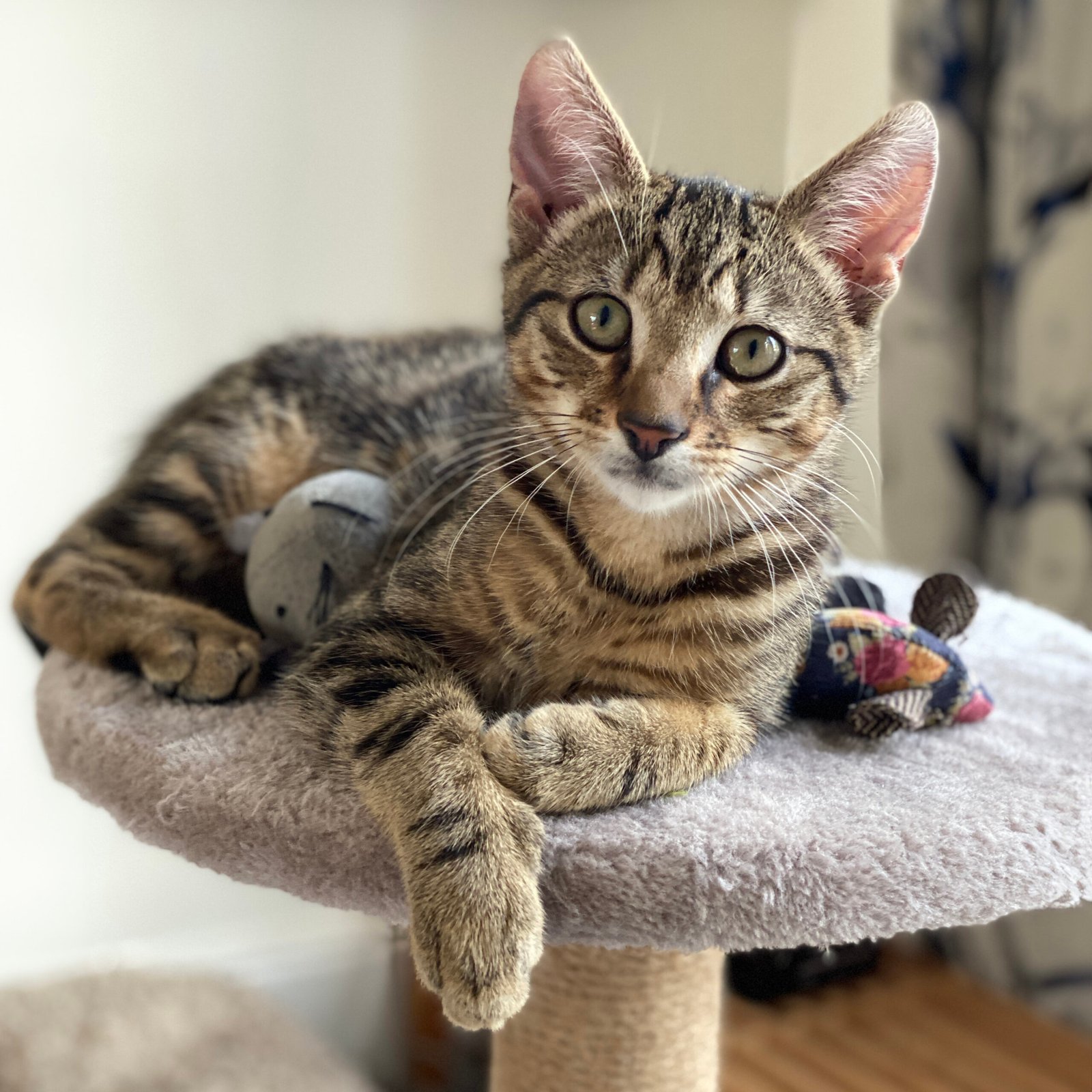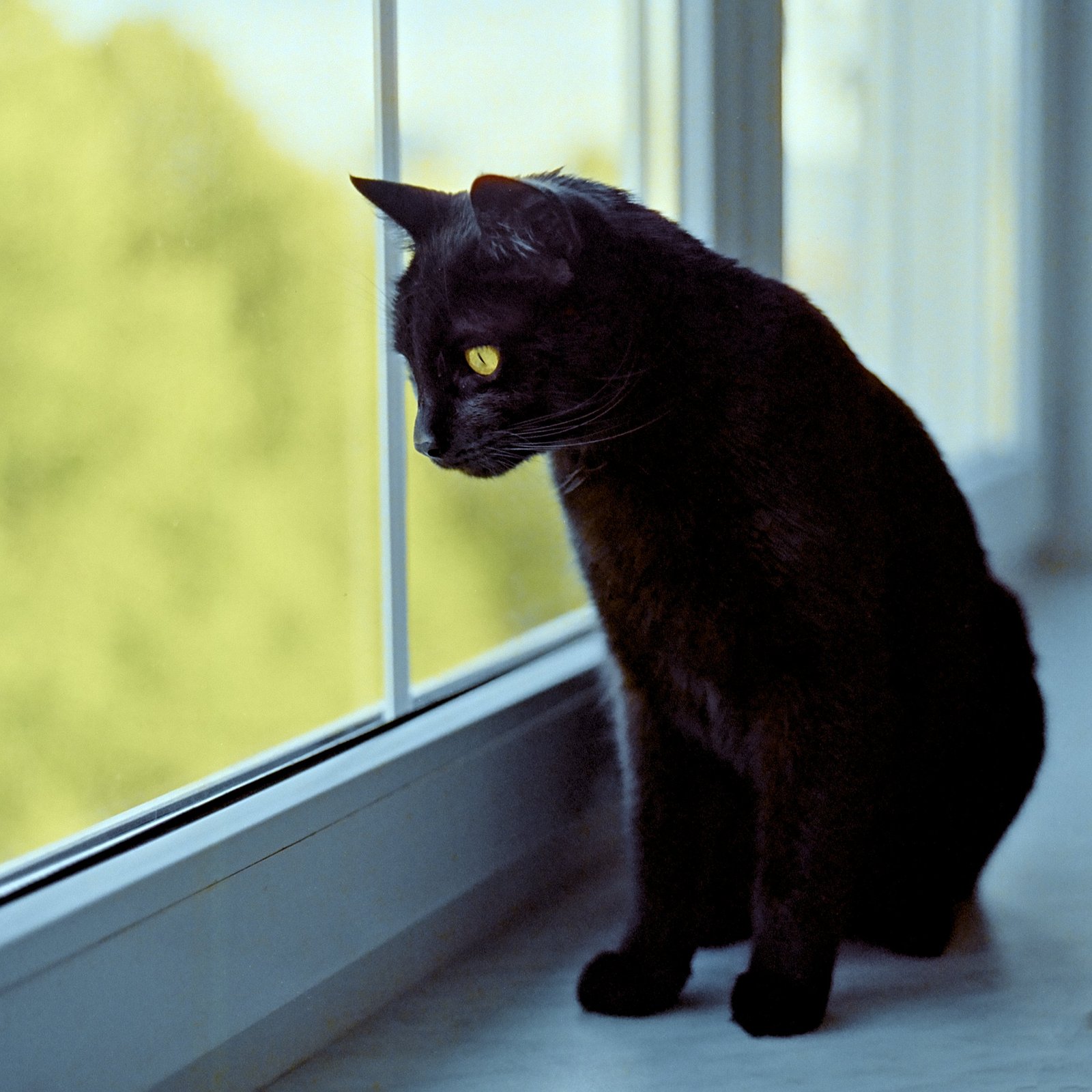Imagine coming home to find your beloved cat curled up in the same sunny spot, eyes half-closed, purring in pure contentment. Have you ever wondered why your feline friend seems happiest when life follows a predictable rhythm? The idea that cats thrive in structured environments might seem surprising, especially given their reputation for independence and curiosity. Yet, many cat lovers have noticed their pets become anxious or withdrawn when routines are disrupted. Could it be that structure is the secret ingredient to feline happiness? Let’s uncover the truth behind cats and the environments they call home.
The Importance of Routine for Cats

Cats are creatures of habit, and their love for routine runs deep. Unlike dogs, who often adapt quickly to new situations, cats prefer a steady and predictable rhythm in their daily lives. This craving for routine isn’t just a quirky personality trait—it’s rooted in their biology. In the wild, predictable patterns help cats avoid danger and maximize hunting success. At home, regular feeding times, play sessions, and sleeping spots help your cat know what to expect, reducing their stress. When their routine is suddenly changed, many cats may hide, vocalize more, or even stop eating. This strong reaction shows just how much structure matters to them. Maintaining a regular schedule can make your cat feel secure, understood, and genuinely happier.
Understanding Feline Anxiety and Stress

Stress in cats can be subtle, but its impact is powerful. Changes like moving furniture, new family members, or a shift in your daily routine can unsettle even the most easygoing cat. Signs of feline anxiety include excessive grooming, hiding, aggression, or even digestive issues. Structured environments help minimize these stress triggers by providing stability. Think of it like a safety net for your cat’s emotions. When life feels predictable, your cat is less likely to feel threatened or overwhelmed. A structured environment doesn’t mean a boring one—just a steady one where surprises are rare and comfort is always available.
How Structure Influences Cat Behavior

Have you noticed how your cat seems to anticipate mealtime or waits at the window for you to return home? This behavior is a direct result of structure. Cats quickly learn routines and adjust their actions accordingly. Structured environments can lead to more positive behaviors, such as regular play, healthy eating habits, and consistent litter box use. On the flip side, a lack of structure might result in bad habits like scratching furniture or inappropriate elimination. Just like children benefit from knowing what comes next, cats also develop better habits when their environment is organized and reliable.
The Role of Territory and Familiarity

Cats are territorial by nature, and their territory is more than just physical space—it’s a familiar world filled with scents, sights, and sounds they recognize. Structured environments reinforce this sense of territory, making cats feel safe and in control. Familiar furniture arrangements, favorite hiding spots, and predictable household noises all contribute to their comfort. Whenever a big change happens, like moving to a new home or rearranging rooms, cats often need time to adjust. Ensuring some elements of their environment stay the same can help them feel anchored and less vulnerable.
Social Structure Within Multi-Cat Homes

In homes with more than one cat, structure becomes even more crucial. Each cat needs its own space, resources, and routine to avoid conflict and stress. Structured feeding times, separate litter boxes, and designated resting places help prevent territorial disputes. In fact, a well-organized environment can foster harmony and even strengthen the bond between feline housemates. Without structure, competition can escalate, leading to fights or withdrawn behavior. By respecting each cat’s need for order, you give them the opportunity to feel secure within the group.
Enrichment Without Chaos: Balancing Structure and Stimulation

Some people worry that too much structure could make life boring for their cat. However, structure doesn’t mean monotony. In fact, a stable environment is the perfect foundation for enrichment activities. Scheduled playtimes, regular introduction of new toys, and planned interactive sessions keep your cat mentally and physically stimulated. It’s like giving children a safe playground—they can explore, learn, and have fun, all within the boundaries that keep them safe. The key is to provide novelty within a framework your cat trusts, so stimulation never turns into stress.
Simple Steps to Create a Structured Environment

Building a structured environment for your cat doesn’t have to be complicated. Start with the basics: feed your cat at the same times each day, keep the litter box clean and in the same location, and maintain a regular play schedule. Provide consistent sleeping areas and safe spaces where your cat can retreat. Minimize sudden changes, and if you must alter something, do it gradually. Even small routines, like greeting your cat when you come home, can make a big difference. With these simple steps, you’ll create a haven where your cat feels secure, loved, and ready to thrive.

Linnea is a born and bred Swede but spends as much time as possible in Cape Town, South Africa. This is mainly due to Cape Town’s extraordinary scenery, wildlife, and atmosphere (in other words, because Cape Town is heaven on earth.) That being said, Sweden’s majestic forests forever hold a special place in her heart. Linnea spends as much time as she can close to the ocean collecting sea shells or in the park admiring puppies.






